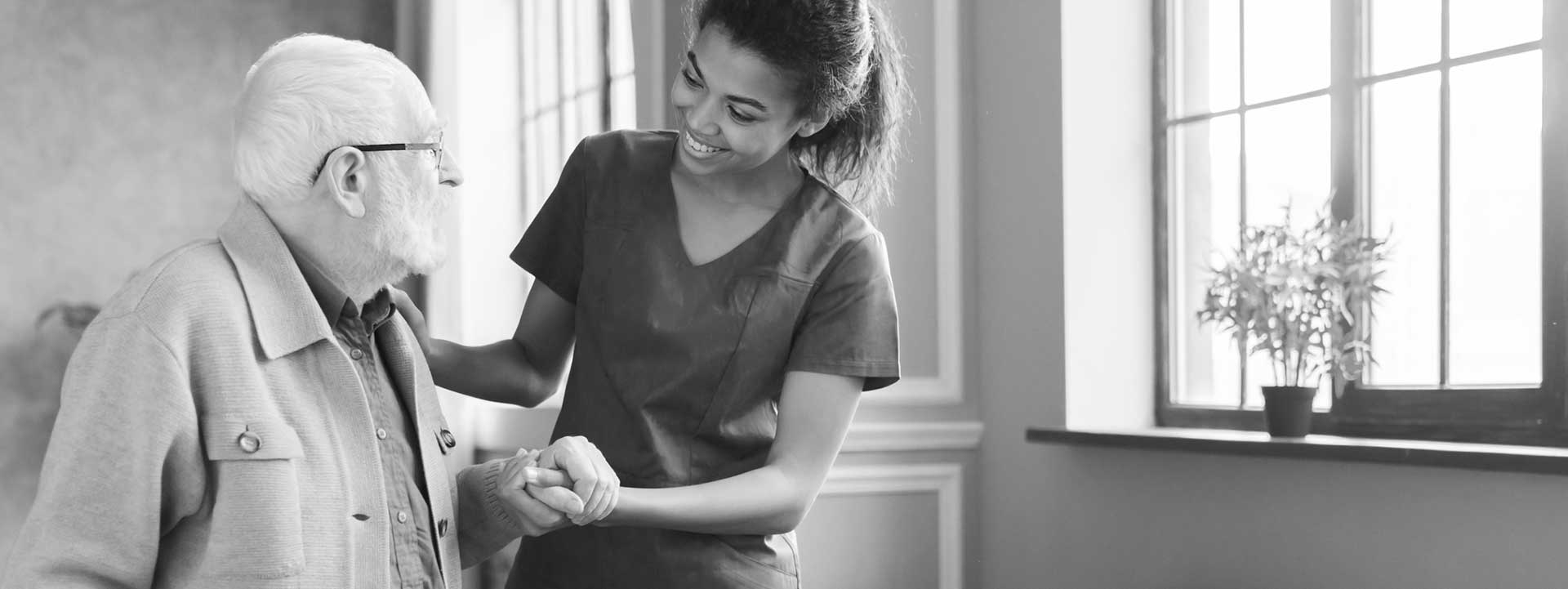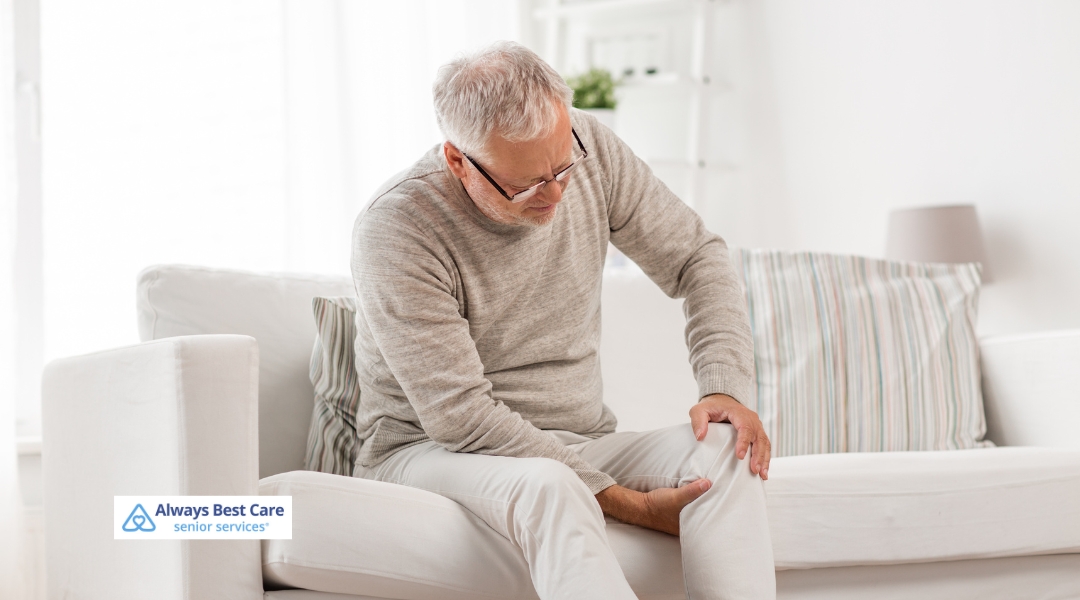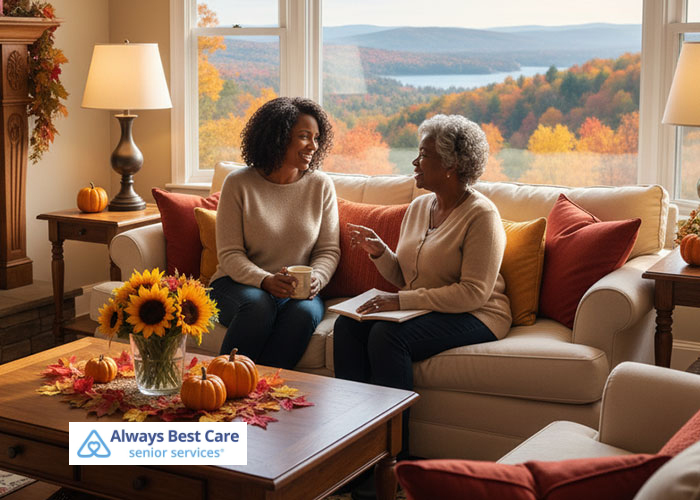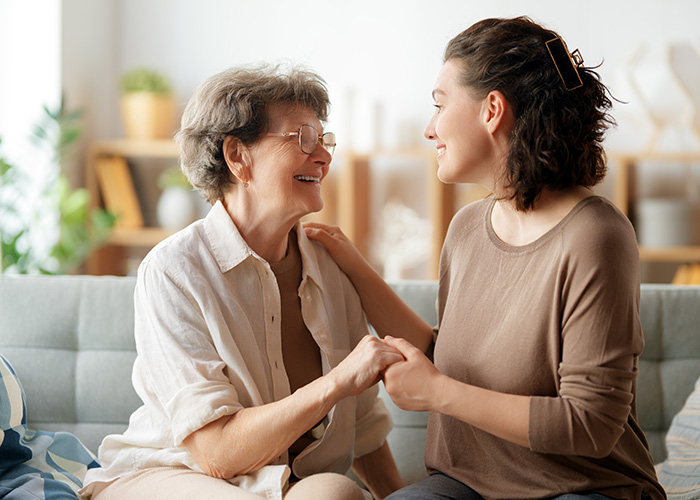What You Need to Know about Osteoporosis

May is National Osteoporosis Month and a great time for seniors to take a closer look at their own bone health. Osteoporosis can happen at any age, but it is more common in seniors. As you age, your body has trouble keeping up and building new bone to replace the deterioration of old bone. This can lead to brittle or weak bones that are more prone to breaks. It takes seniors longer to recover from a broken bone than children and younger adults, and managing a break can make it more difficult to independently do many tasks.
Reducing Risk of Osteoporosis
There are a wide range of risk factors that can contribute to the development of osteoporosis. Some of these factors can be controlled, while others cannot. For instance, age, gender, family history, and race are not things that you have any control over. Women are at higher risk for osteoporosis, especially after menopause, along with people who are Caucasian or of Asian descent. The condition also tends to run in families.
But there are some factors you can control, such as diet and exercise. Ensuring that you consume adequate amounts of calcium and vitamin D (which helps the body to effectively absorb and use calcium) can support stronger bones. While dairy products such as milk, yogurt, and cheese can be high in calcium, there are plenty of non-dairy foods you can incorporate into your diet as well. This includes items such as:
- Collard greens
- Spinach
- Kale
- Tofu
- Legumes
- Lentils
- Chia seeds
- Almonds
- Calcium-fortified foods
Staying active is also a great way to strengthen your bones and reduce risk of falling. Talk to a personal trainer or fitness professional who can recommend appropriate exercises for your needs and abilities. This may include activities such as:
- Strength training
- Weightlifting
- Balance exercises such as tai chi
- Coordination exercises
- Running
- Dancing
You want to do activities that are weight-bearing and help to strengthen bones, muscles, and joints. However, you want to ensure that you are performing these exercises safely and correctly so you are not putting yourself at greater risk for injury. Practicing good posture and building your core strength can also reduce risk of falls by promoting improved balance.
Living with Osteoporosis
Having osteoporosis does not have to limit your quality of life. You can still remain active and do the things you love, as long as you are being safe and taking steps to prevent falls. Your doctor can perform a bone density test to assess your current bone mass and see if any deterioration is occurring due to osteoporosis.
Making adjustments to your home such as adding handrails and grab bars, improving lighting, clearing away clutter to create open walkways, and securing cords and rugs to prevent tripping can all be beneficial. It can also be helpful to move commonly used items to easy-to-reach places to avoid having to climb or bend too much to retrieve them.
Working with an in-home care provider can also be advantageous for those living with osteoporosis. A caregiver can assist with daily tasks, help with meal planning and preparation, schedule appointments, and provide accompaniment when out on walks or running errands. This can ensure that seniors have the support they need to continue living as independently as possible while maintaining their safety. Contact Always Best Care today at (855) 470-2273 to learn more about senior care services and schedule a free consultation.
